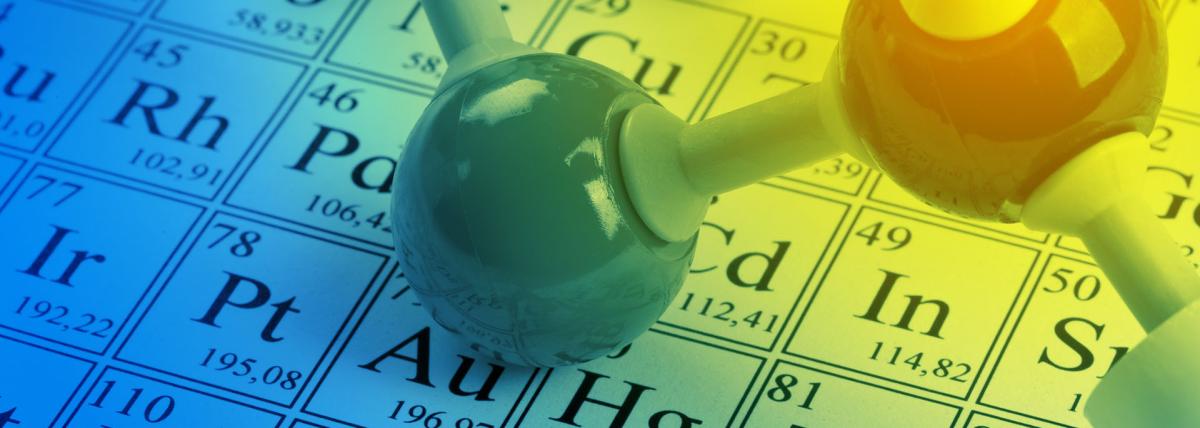
Stoichiometry and Limiting Reagents: Arizona Style
by Janet Anderson
In this lab, students will extract copper from Copper (II) Sulfate using Iron. Students will balance the equation, label the equation, calculate molar mass, calculate the limiting reactant and excess reactant. From this information they should be able to calculate the amount of reactants to use, then predict how much product they should be making from the lab.
Lesson Plan Link/URL
https://docs.google.com/presentation/d/111DevRad3wF3lfqCIIP0vbq_obcvlX1R/edit?u…Subject Area
Science Physical Science P1: Matter Mathematics Operations and Algebraic Thinking (OA) Ratio and Proportion (RP)
Featured
Off
Related Content

Grades:
11th Grade, 12th Grade
This is an introductory activity to reaction kinetics at an AP Chemistry level. Students use model kits or Legos in an activity that allows them to model how changing the concentration of reactants in

Grades:
10th Grade, 11th Grade, 12th Grade
After learning about emission spectra, electron energy levels, orbitals and configurations, and periodic trends for atomic radius and ionization energy; this is concluding activity that require

Grades:
10th Grade, 11th Grade, 12th Grade
This is a phenomena-based introduction to how emission spectra of elements and the connection to electrons and energy levels. Students first get to explore the emission spectra of several gases using